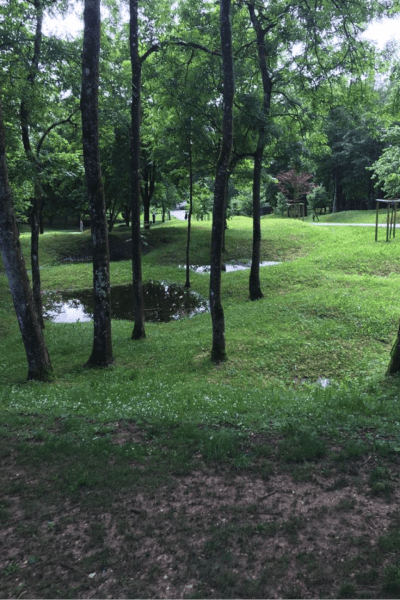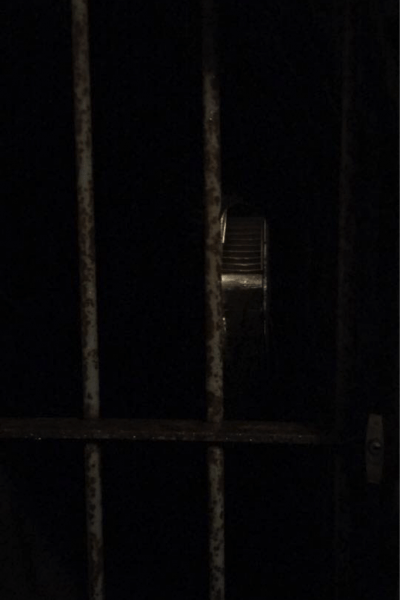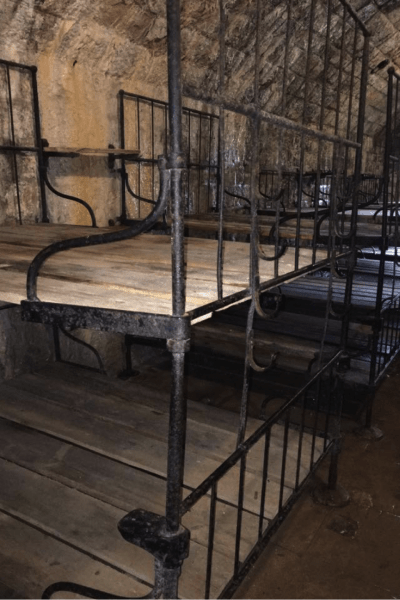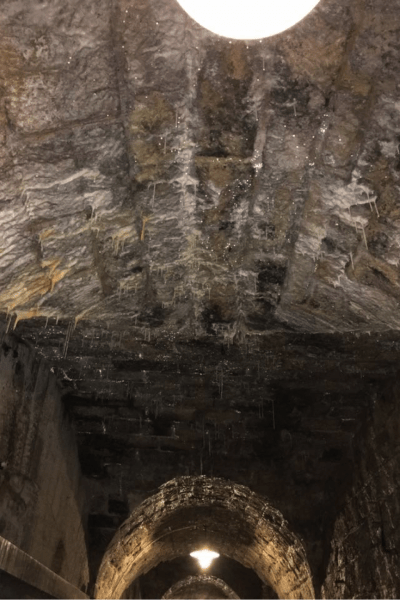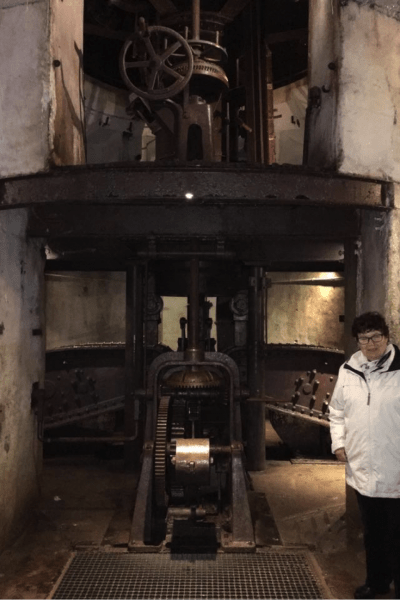This past week GTL students took our first field trip of the semester. During this field trip we traveled to Verdun in northeastern France to the location of the Battle of Verdun.
For those of us not well versed in major battles that occurred during the First World War, the battle of Verdun was one of the largest battles during WWI. The battle was fought between the French and Germans from February 21 to until December 20, 1916. By the end of this battle the casualties and losses totaled nearly 500,000 on the French side and 400,000 on the German side.

One of our first stops was Fort Douaumont, one of the largest forts that surround the city. The majority of the fort is located underground and as we walked further into the fort the living conditions of the solders could be seen immediately. It happened to be pouring down rain the day that we visited and the rain water had sunk into the fort covering the walls and floor and lowering the temperatures.
As the tour through the fort continued the guide mentioned that this was the place where the soldiers rested for a short time before they were expected to go back out to the front lines. At each new discovery it became apparent how dedicated the soldiers were to their cause and how much they sacrificed for that cause.
After leaving the fort we drove to the Douaumont Ossuary. Throughout the ride the countryside could be seen and it still bore the results of the war. Everywhere we looked there were huge divots in the ground where shells had hit during the war. Even after a century the changes and effects of the war could still be seen on the land.
The Douaumont Ossuary is the site of the final resting place of many of the unidentified soldiers from the war. We were told about the rooms where 130,000 unidentified soldiers from both the German and French side that were located right below our feet. This Ossuary was built by Charles Ginisty, the Bishop of Verdun, from donations that he gathered to create a cemetery for the bones of the fallen, and a place for families of MIA soldiers to come mourn their loss.
At the end of this day all the GTL students walked away with a different understanding of what the war meant. Viewing the living conditions of the soldiers, the battlefields, and the cemeteries makes WWI more tangible to us. It is far different to read about the numbers and events of WWI in a textbook compared to seeing firsthand the life of a foot solider.

One of my fellow students put the feeling that we were all feeling, but didn’t know quite how to express, into words:
“There is nothing quite like climbing out of the damp darkness, stepping into the sun that is just breaking through the clouds that have been hanging over it since morning, and scaling steep steps up the side of the fort. Standing atop the highest point in the countryside with the wind in your hair ….and realizing you’re standing on the bones of thousands of men that never made it out.”

